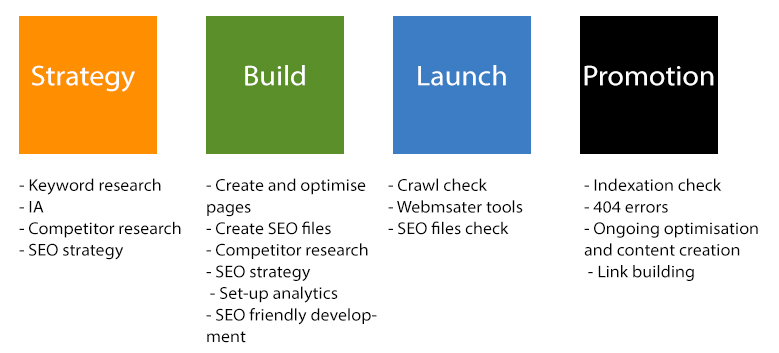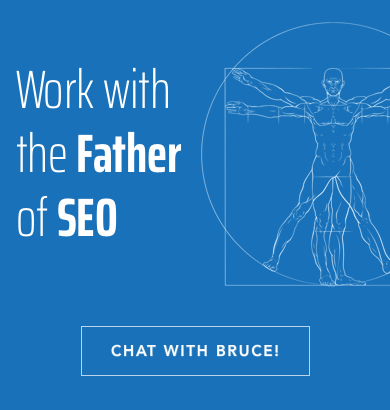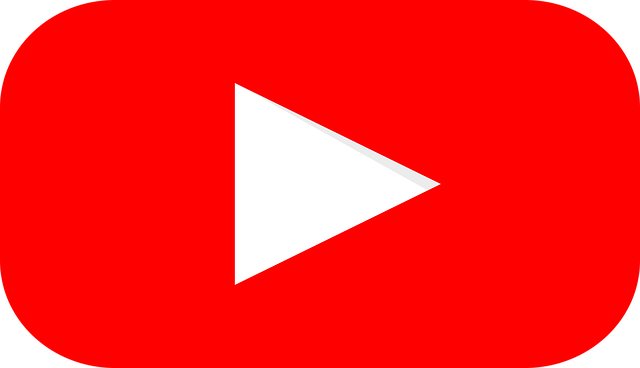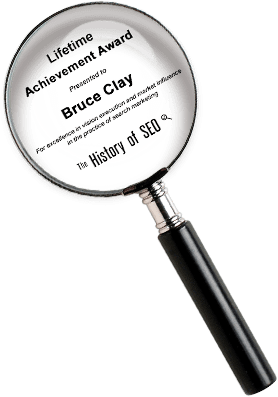INTERNATIONAL: 4 Stages of an SEO Website Launch
|
by Michael Cerny, October 17, 2012
If during the process of building a website you haven’t thought about how to attract visitors, you might be in trouble. SEO fills a critical role to help your website sell your products and services. And yet, SEO is often an afterthought, even for large companies with big budgets. Here we look at how you can incorporate SEO throughout the whole design process and launch your website with higher success. The Four Stages of a Website LaunchWe can divide the process into 4 stages: strategy and planning, build, launch and promotion. Each stage has important tasks and milestones. The SEO team should cooperate with other teams (design, development, UX, strategy and other relevant parties). Strategy and planning stage is fundamental for the project success. The most important tasks in this stage are keyword research and information architecture. Creation and optimisation of pages is the main task in the build stage. It is also important to cooperate with web developers to ensure that the website is built in a search engine friendly way. The launch and pre-launch stage should be smooth if previous processes and tasks were done properly. We need to ensure everything is in order and prepare for an ongoing SEO campaign. The promotion stage comes after the launch, any errors and issues should be fixed. The optimisation does not stop with the launch of the website, SEO should be an ongoing process. A big part of the ongoing project is link building which should start as soon as the website is launched.
Stage 1: Strategy and PlanningEvery project should start with a strategy, an SEO project is no exception. Firstly we need to find out as much as possible about the product or services. We need to consider the target market, product features and problems that potential visitors might have. This information is necessary for keyword research. Keyword research is the most important task of an SEO project. We need to know what keywords (queries) customers are using to find the products and services. Keywords need to be relevant and should have a high number of searches. Be careful when choosing keywords with very high search volumes that consist of one or two words. Those keywords are very competitive and usually have lower conversion rates. Based on a thorough keyword research, we can plan the website structure and create themes and sub-themes. Similar content should be grouped by topics into specific content “themes”. Each theme should cover all areas of each topic. There should not be a limit to how many pages need to be created. Competitor research should be part of the overall SEO strategy. By researching competitors and their strengths and weaknesses we can adjust the overall SEO strategy to gain some traction and set-up a website for long term growth. Stage 2: Develop and BuildBuild stage is usually the longest stage of a website project. During this stage the website is built by designers and developers. From an SEO perspective there are two main important tasks. Creating content and working with developers. Each theme needs to have optimised pages for relevant keywords for that theme. Search engines need to understand the topic of a page and what questions it answers. This is done through mentioning keywords throughout the page and main SEO areas like page titles and headings as well as other on-site optimisation techniques. Web developers and SEO’s should work together to ensure that web development technologies used allow search engines to access and crawl the website without any issues. Technologies like Flash and JavaScript sometimes create obstacles for search engines. There are other areas which are often overlooked, including images, videos and PDFs. They should be optimised as well. Stage 3: Pre-launch and LaunchBefore the website is launched there needs to be a few important things checked and completed. Crawlability and Accessibility CheckThe website should be crawled using one of the SEO crawling tools, such as XENU or Screaming Frog. Compare the number of pages that have been created to the number of crawled pages. If there is a difference find what caused the issues and fix it. Content CheckEach page should have unique and optimised content. Main SEO areas like page titles, headings and text content should be optimised. Visit pages on the site and quickly check the content. Does it cover the topic? Are keywords mentioned on the page? Is it easily understandable and written for the user and not search engines? Webmaster Tools Set-upSet-up webmaster tool accounts for the site. Google and Bing offer free webmaster tools that will help you monitor the website and provide valuable data. Properly running and verified webmaster tools are necessary for any website launch. SEO FilesEnsure that SEO files are set-up correctly. XML Sitemap, HTML sitemap and robots.txt file should be properly set up. Test the files by visiting them in web browsers. When the website is launched the XML Sitemap should be submitted to search engines through webmaster tools. In some cases people forget to remove noindex, nofollow values that have been used to keep pages from being indexed during testing build and testing phases from the robots.txt file. Ensure that the values are removed and the site is indexable. Website AnalyticsEnsure that website analytics are set-up and working on each page. Without measurement of traffic and visitor behaviour on a website, it is impossible to improve website performance by making data driven decisions. Choose a few important metrics that are tracked regularly. If your website is sales based, those metrics should be directly linked to sales. Stage 4: Promotion and Post-launch CareAfter the website is launched a few things need to be checked. First thing to check is indexation in the main search engines. The website should be indexed by Google and Bing. Depending on the size of the website it might take a few days or weeks to index a site fully. If it seems that there are some areas that are not being indexed, investigate and fix the issues that might cause low indexation. Is there adequate internal linking to ensure maximum indexation? Secondly, check Google Webmaster Tools and Bing Webmaster Tools for any errors; Google and Bing’s webmaster tools are a must-have to troubleshoot indexation issues. There might be 404 errors (page not found). These errors can be created by incorrect/broken links or CMS issues. Unfortunately the work does not stop once the website is successfully launched. SEO is an ongoing process — there are always things to test and optimise. New content should be added to the site regularly as well as updating the current content to keep it fresh. Link building is another important and ongoing task. Links from other on topic and authoritative websites will bring additional traffic and increase website authority. Higher authority leads to higher rankings. It is important that link building complies with Google policies and is beneficial for visitors. Top takeaways:
|
For permission to reprint or reuse any materials, please contact us. To learn more about our authors, please visit the Bruce Clay Authors page. Copyright © 2012 Bruce Clay, Inc.










